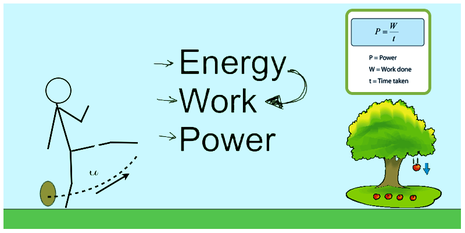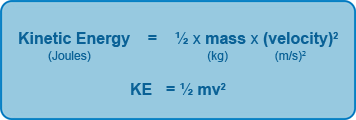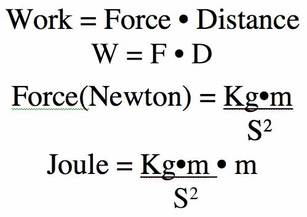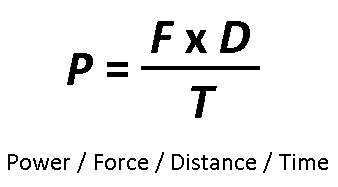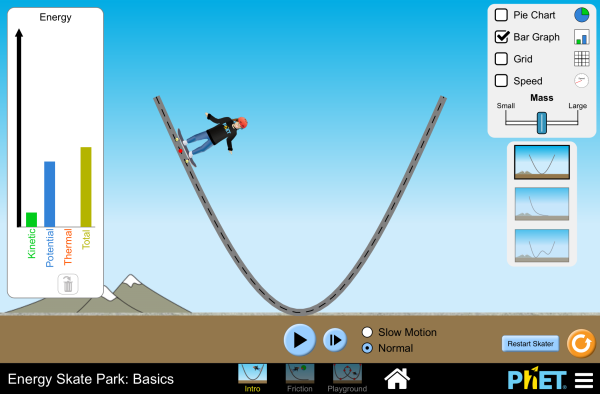NC STANDARDS
PSc.3.1.1: Explain thermal energy & its transfer
PSc. 3.1.2: Explain the law of conservation on energy in a mechanical system in terms of kinetic energy, potential energy and heat
PSc. 3.1.3: Explain work in terms of the relationship among the applied force to an object, the resulting displacement of the object and the energy transferred to an object
PSc. 3.1.4: Explain the relationship among work, power and simple machines both qualitatively and quantitively
PSc.3.1.1: Explain thermal energy & its transfer
PSc. 3.1.2: Explain the law of conservation on energy in a mechanical system in terms of kinetic energy, potential energy and heat
PSc. 3.1.3: Explain work in terms of the relationship among the applied force to an object, the resulting displacement of the object and the energy transferred to an object
PSc. 3.1.4: Explain the relationship among work, power and simple machines both qualitatively and quantitively
ESSENTIAL QUESTIONS
1. How do we determine whether or not work is being done in a system?
2. How are energy and work related?
3. How is the energy of a system conserved?
4. How is the power of a system determined?
1. How do we determine whether or not work is being done in a system?
2. How are energy and work related?
3. How is the energy of a system conserved?
4. How is the power of a system determined?
|
READING GUIDE: Unit 4
Unit 4 WORK Reading Guide Textbook Links: Section 16.1 Section 17.1 Section 18.1 Section 18.2 DAY 1: WORK
ASSIGNMENT: Use the link below to answer the questions on the lab sheet. Your teacher will give you a copy, or you can view it here.
WORK VIRTUAL LAB LINK
DAY 2: POWER
POWER ASSIGNMENT on QUIA
DAY 3: INTRO TO ENERGY/KINETIC ENERGY
KINETIC ENERGY ASSIGNMENT ON QUIA
|
| ||||||||||||||||||||||||||||||||||||
DAY 4: GRAVITATIONAL POTENTIAL ENERGY/CONSERVATION OF ENERGY
| skate_park_lab.docx | |
| File Size: | 1376 kb |
| File Type: | docx |
|
DAY 5: THERMAL ENERGY
Use the link below to answer the questions on the worksheet. Please answer on your own paper.
Hot Oven Interactive
|
| ||||||||||||||||||
DAY 6: REVIEW
DAY 7: UNIT TEST
LABS
Phet SKATEPARK (Virtual)
Ramp Lab
Phet SKATEPARK (Virtual)
Ramp Lab
